Winter sports as Swiss development aid for Kyrgyzstan
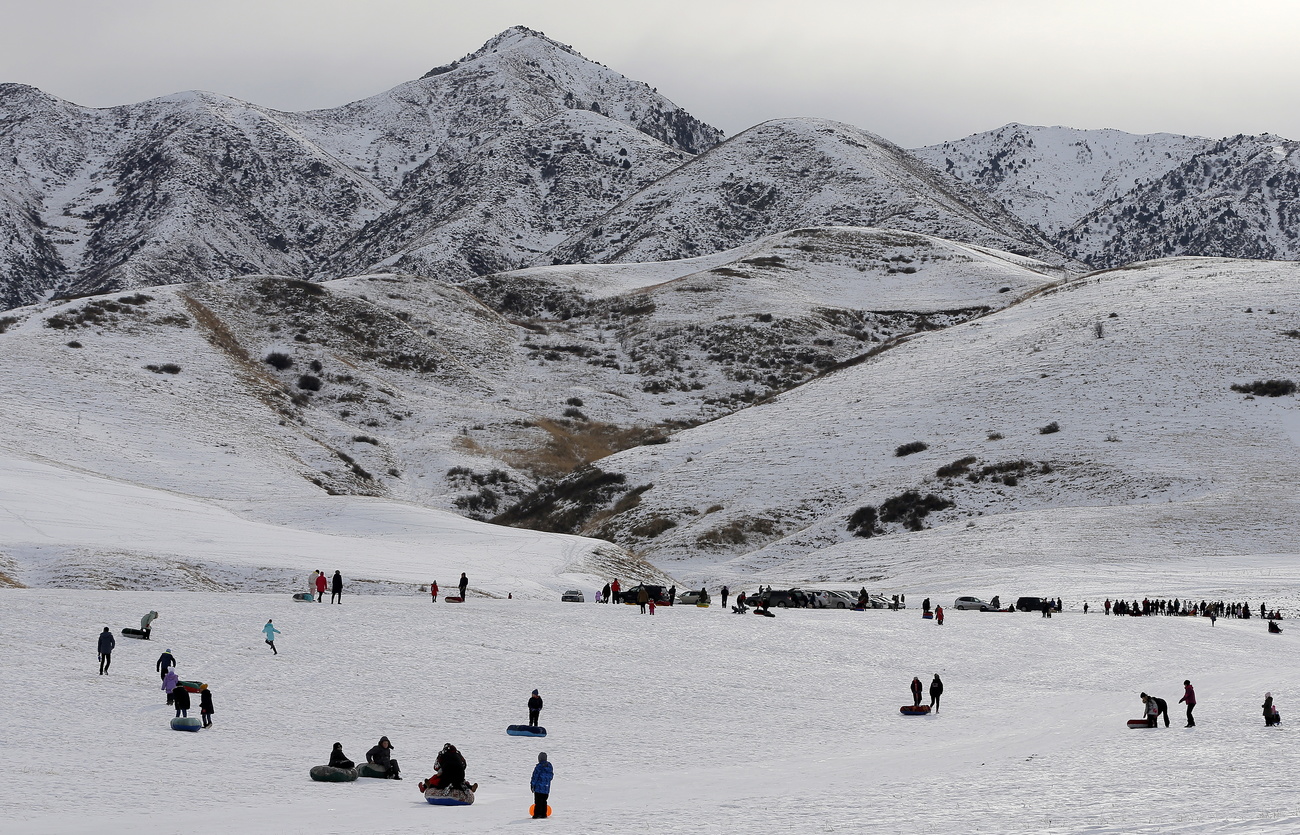
Switzerland is promoting winter tourism in Kyrgyzstan to create jobs in the cold season. However, there’s a lot more involved than just skiing.
In a series we shed light on Switzerland’s commitment to winter tourism in Kyrgyzstan, including video contributions on the ground.
On a trip through Central Asia in 2014, Swiss winter sports instructor Edda Hergarten visited her brother, who lives in Kyrgyzstan. She couldn’t help noticing how undeveloped winter tourism was there – although it certainly had the infrastructure and appropriate weather conditions.
Before she left, Hergarten gave away some old uniforms from the Bivio ski school, where she works. The Kyrgyz people were happy to have these ski suits but said they had no idea how to ski.
Hergarten couldn’t stop thinking about that. A year later she was back in Kyrgyzstan, and this time she provided ski training on a trial basis. There was considerable interest.
Over the following years she expanded this to official training courses with 30 to 50 people taking part. For instructors she recruited people she knew from ski schools in the Graubünden Alps in eastern Switzerland. They all took part in the project on a voluntary basis. “We also offer up to four internships at ski schools in the Graubünden Alps each year, which are a favourite with our Kyrgyz learners,” Hergarten says.
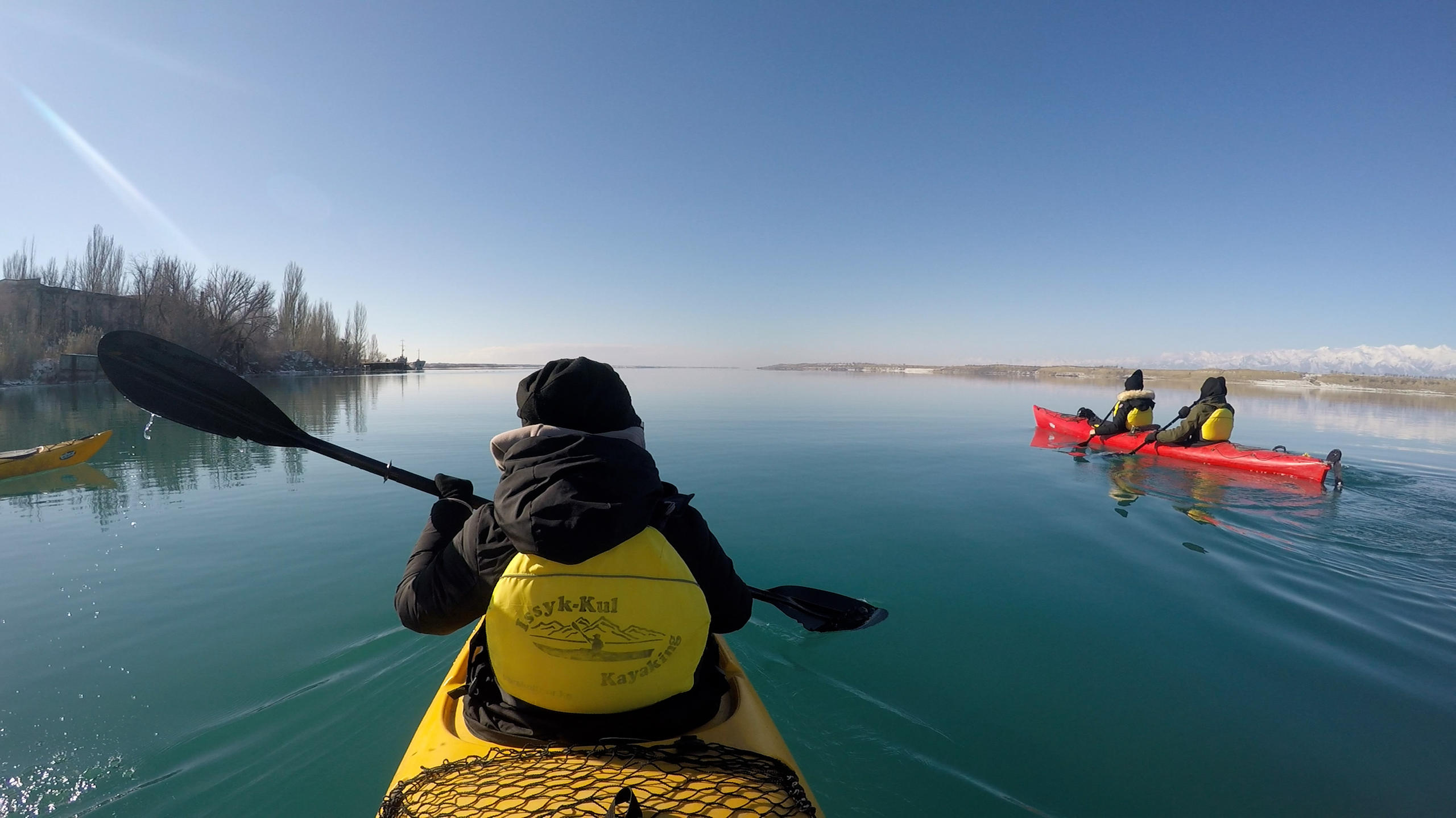
More
Why the Swiss are boosting winter tourism in Kyrgyzstan
The goal behind her involvement in Kyrgyzstan is to create jobs for the long winter months. “Most of the locals work as guides during the summer and now they can earn money in winter too, thanks to their downhill and cross-country training,” she says.
Today, Hergarten’s initiative is a part of an official aid project of the Swiss State Secretariat for Economic Affairs (SECO), which is working in partnership with the Swiss development organisation Helvetas.
Soviet skiers
Switzerland is investing in winter sports tourism in Karakol, the capital of the Issyk-Kul region, for the same reasons as Hergarten. There is already plenty of summer tourism in the Issyk-Kul region, with trekking tours, hiking and overnight stays in traditional yurt tents, but the season is quite short. With winter sports, tourism could be a year-round affair.
In the days of the Soviet Union, Karakol was a training centre for professional skiers, so some infrastructure already exists in the form of ski-lifts and pistes. These mostly now belong to Russian investors, who are aiming to attract the wealthy international set. This has led to resentment among the locals, who can’t afford to ski and earn hardly any money out of this kind of tourism.
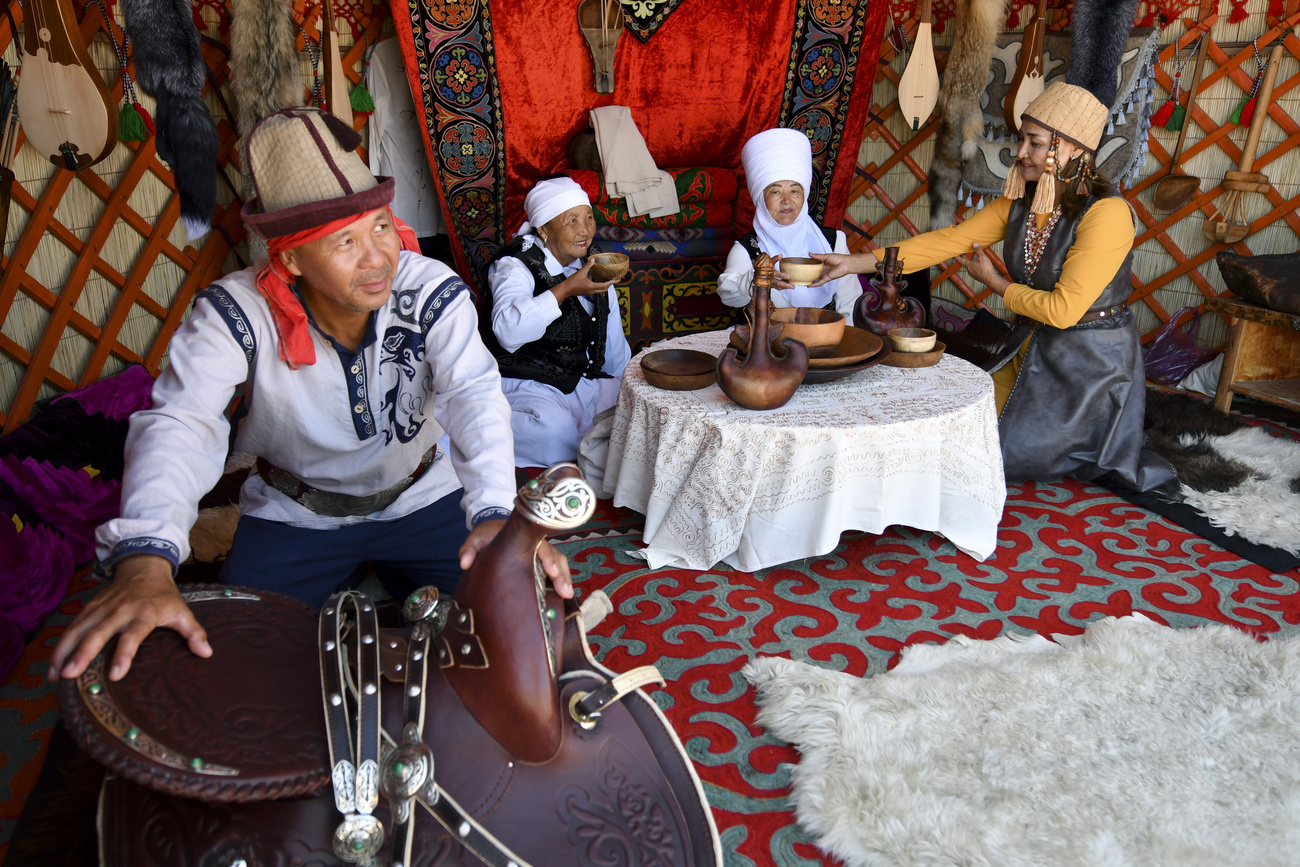
Switzerland is putting its money not just on traditional skiing but also on cross-country, skating and cultural aspects such as food, dancing and crafts. These require no expensive infrastructure.
“We were also concerned about causing any environmental damage,” says Silvan Hungerbühler of SECO. Skiing certainly has an impact on the terrain and disturbs wild animals, he says.
What’s more, snow is no longer guaranteed in Karakol. “The financial investment would not have been sustainable,” Hungerbühler says. In addition, SECO doesn’t invest in heli-skiing, freeriding and other extreme sports.
Ski at your own risk
Kyrgyzstan, with its high mountains and unspoilt nature, reminds many people of Switzerland. But under the definition of the International Monetary Fund, Kyrgyzstan is still a developing country. It also does poorly on Transparency International’s corruption index, coming 144thExternal link. What’s more, the Issyk-Kul region is sparsely populated.
Skiing in Kyrgyzstan is not the same as skiing in Switzerland, for reasons of health and safety too. In the pilot phase of its project SECO commissioned a study on local healthcare resources, since accidents often occur when skiing.
The results were sobering. There are only a handful of helicopters in Kyrgyzstan (most of them privately owned), trauma medicine in the local Karakol hospital is wanting, and ski instructors and mountaineering guides have little training in first aid. According to estimates from the Kyrgyz mountain guides’ association, on average 50 serious injuries occur every year on the ski slopes, and three people die in avalanches caused by freeriding.
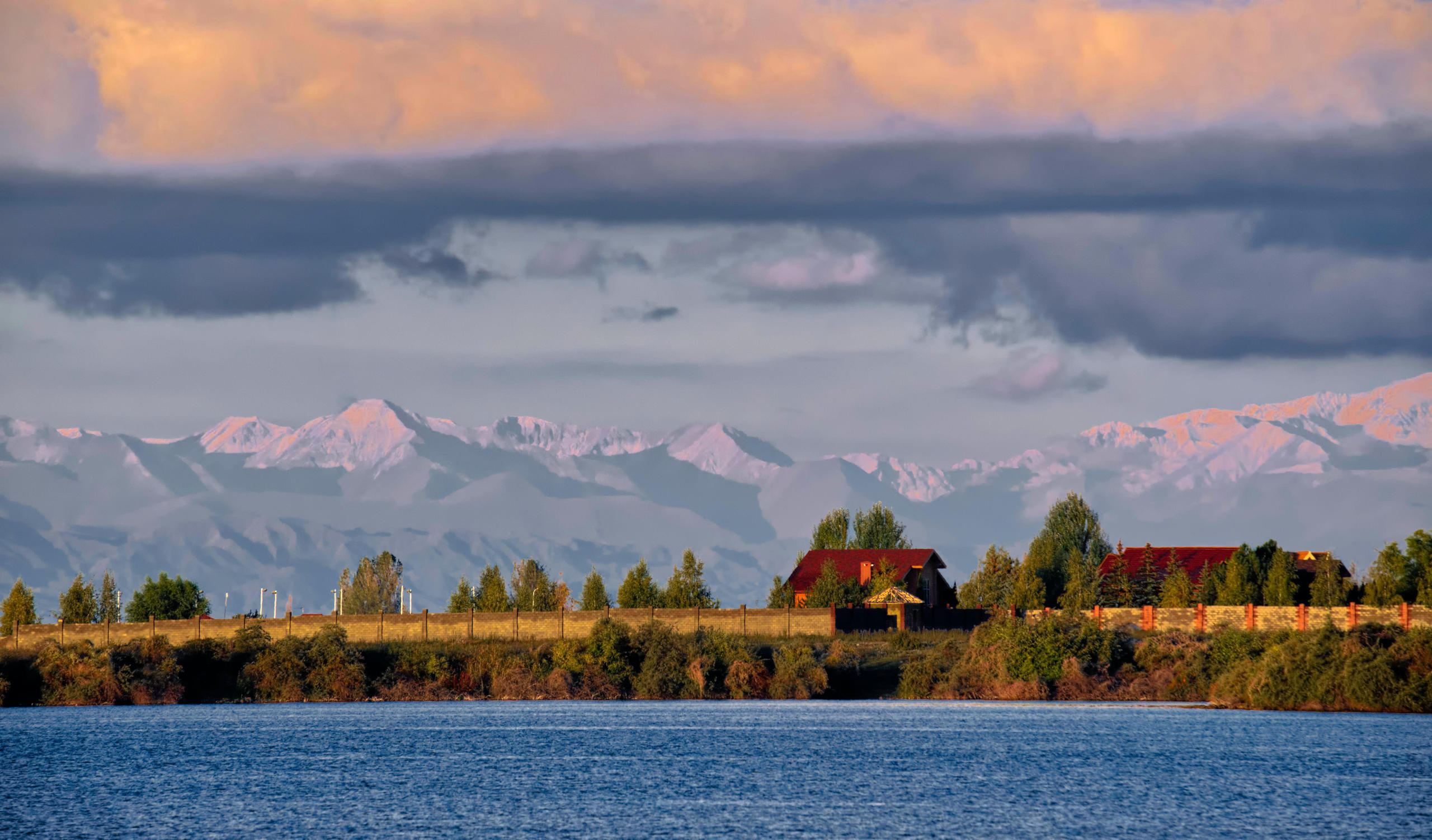
“We’re investing in staff training, and we’re talking to the government agencies, so that they invest in the healthcare system,” Hungerbühler says. If you’re interested in intensive ski tourism, as the Kyrgyz government is, then you need to invest in health and safety resources too, notably as regards accident treatment, he says.
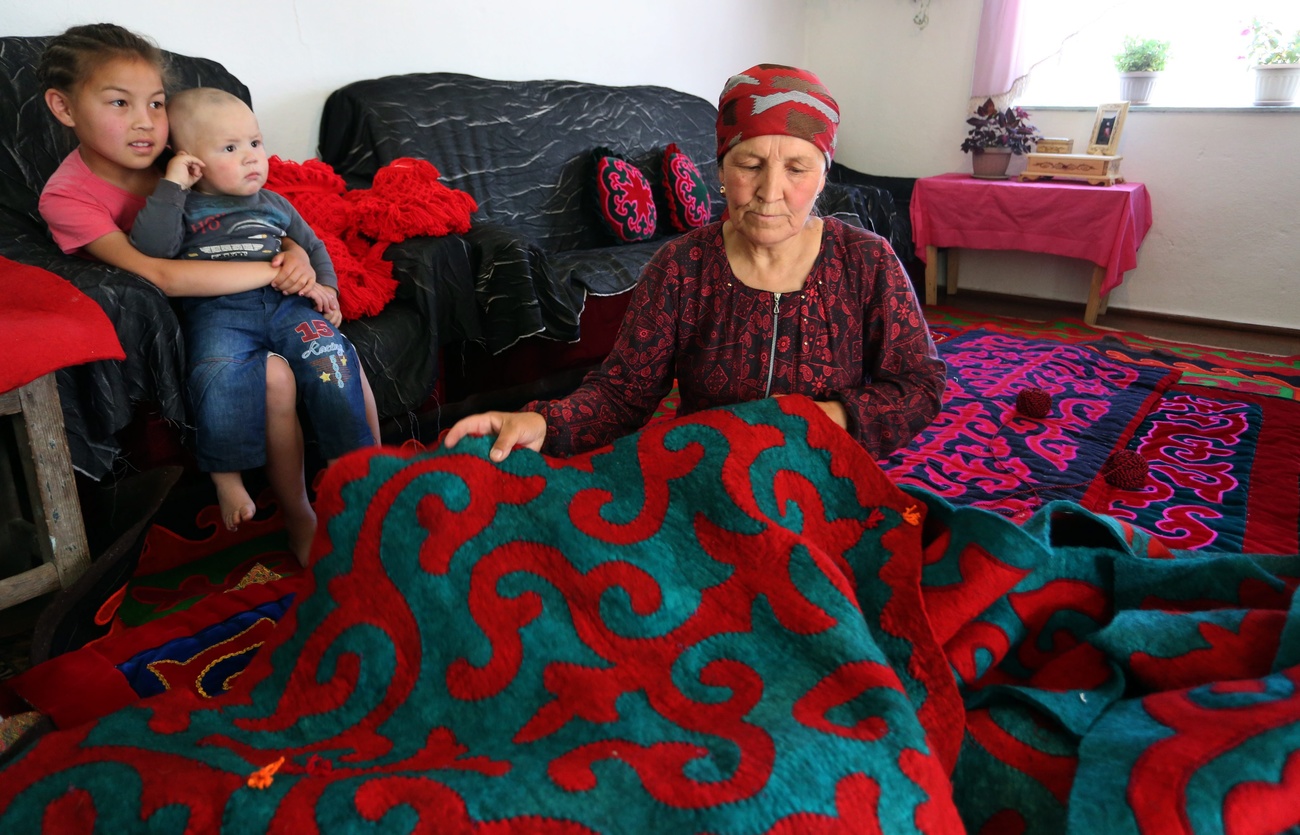
Learning from Switzerland
There are other differences between Kyrgyzstan and Switzerland. The Swiss Alps are accessible by road and rail, avalanche prevention is at a high level, and there are restaurants and hotels near the ski lifts.
“In Switzerland there are close relations between skiing associations, the government and the public. A consensus is reached on just how a mountain village should develop,” Hungerbühler says, adding that Kyrgyzstan lags behind on all of this.
Thus SECO wants to bring representatives from Kyrgyzstan to Switzerland, so they can see how Switzerland develops tourist areas. SECO reports that several Swiss organisations involved with snowshoeing, cross-country skiing and ice-skating are interested in working with them. The Val Poschiavo tourist destination is also willing to take part.
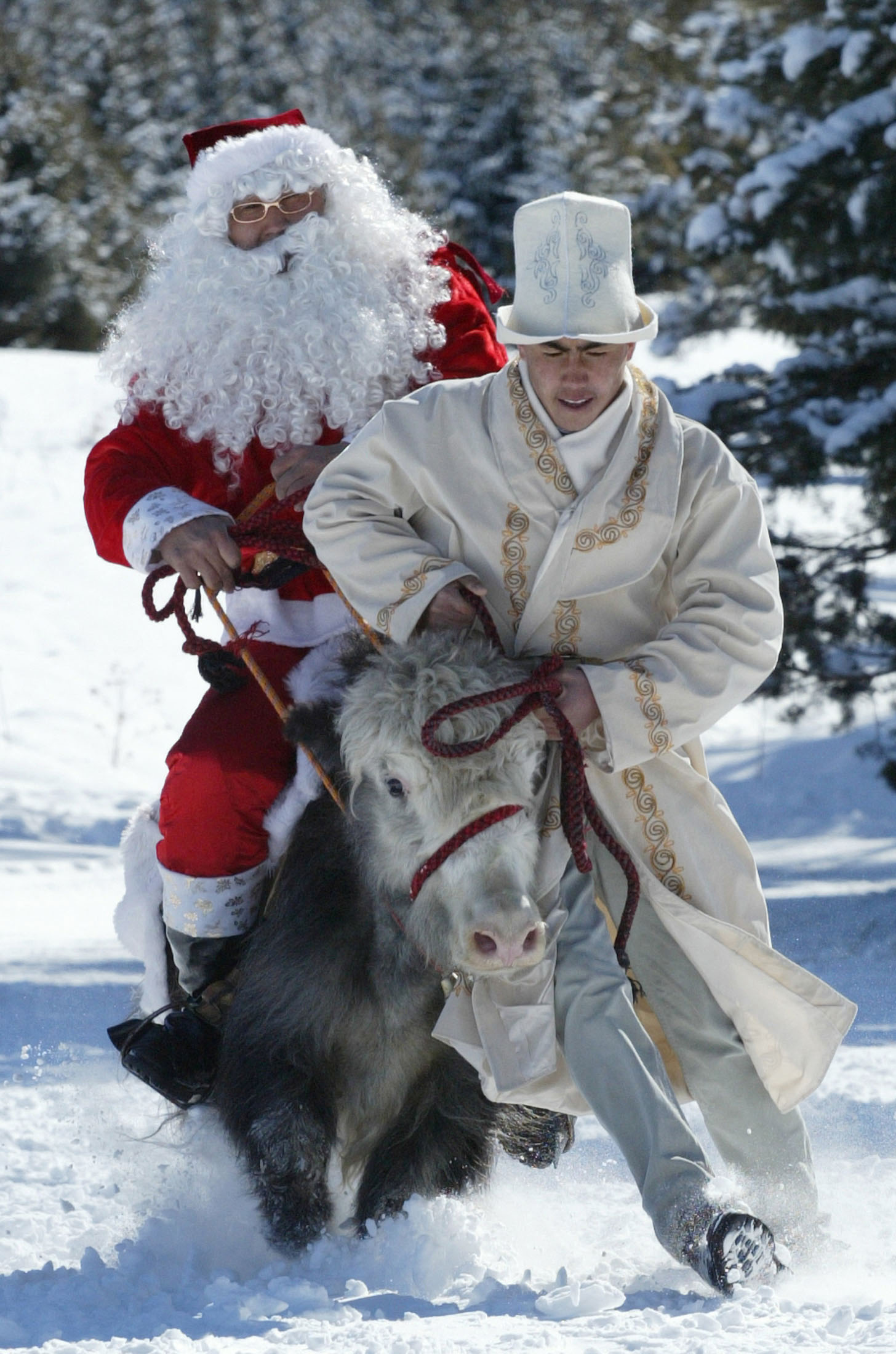
Christmas in Kyrgyzstan?
Yet is there really a demand for ski holidays in a remote province of eastern Kyrgyzstan? “Our business consists of hiking and high-altitude trekking in the summer,” says Michael Krähenbühl of Nature Tours. A New Year’s package called “Kyrgyz Christmas holidays” is so far the only thing they have on offer during the winter.
Among their Swiss customer base the demand for traditional skiing holidays in Kyrgyzstan is fairly slight. This is because most Swiss go for a week or even just a weekend of skiing in the winter. Krähenbühl points out that destinations in Switzerland, Austria and Italy are much closer.
For guests from other countries, though, winter sport packages in Kyrgyzstan might be of interest. Nature Tours is considering working with Helvetas to build up a few sporting packages in Kyrgyzstan, such as snowshoe hiking combined with accommodation and meals in the homes of local people.
“Helvetas has a good reputation in Kyrgyzstan,” Krähenbühl says. “They are more popular than the Russian investors with their ski lifts.” Community-based tourism could be a real alternative, he believes, because tourists would know that the money they are spending would stay with the host families and in the village.
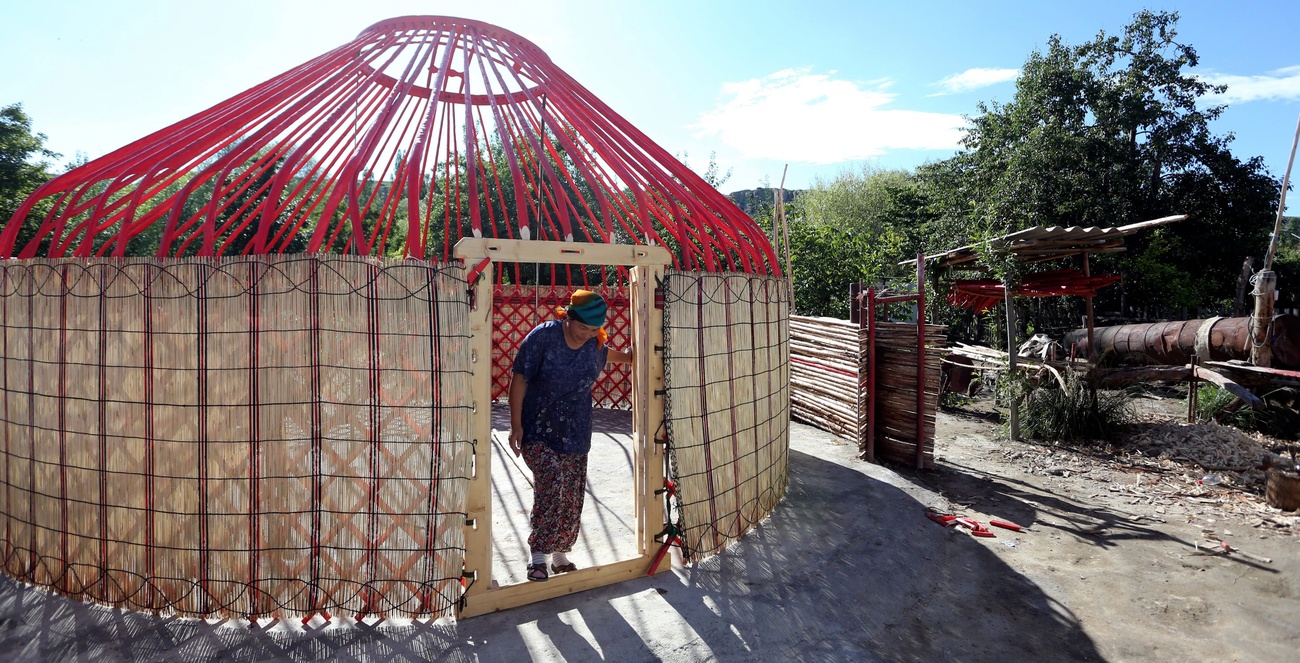
Development project could be a model
SECO has already commissioned a study to explore where the demand might come from, so as to be in a position to plan marketing and pricing.
The general picture is that before the Covid pandemic, most visitors to Kyrgyzstan came from Kazakhstan, Russia, Ukraine, Tajikistan, Uzbekistan, China, Turkey, the US, Germany and India. More specifically, traditional skiing based in Karakol is particularly popular with visitors from Kazakhstan and Russia. Freestyle and cross-country are mainly in demand from visitors from the US and Europe.
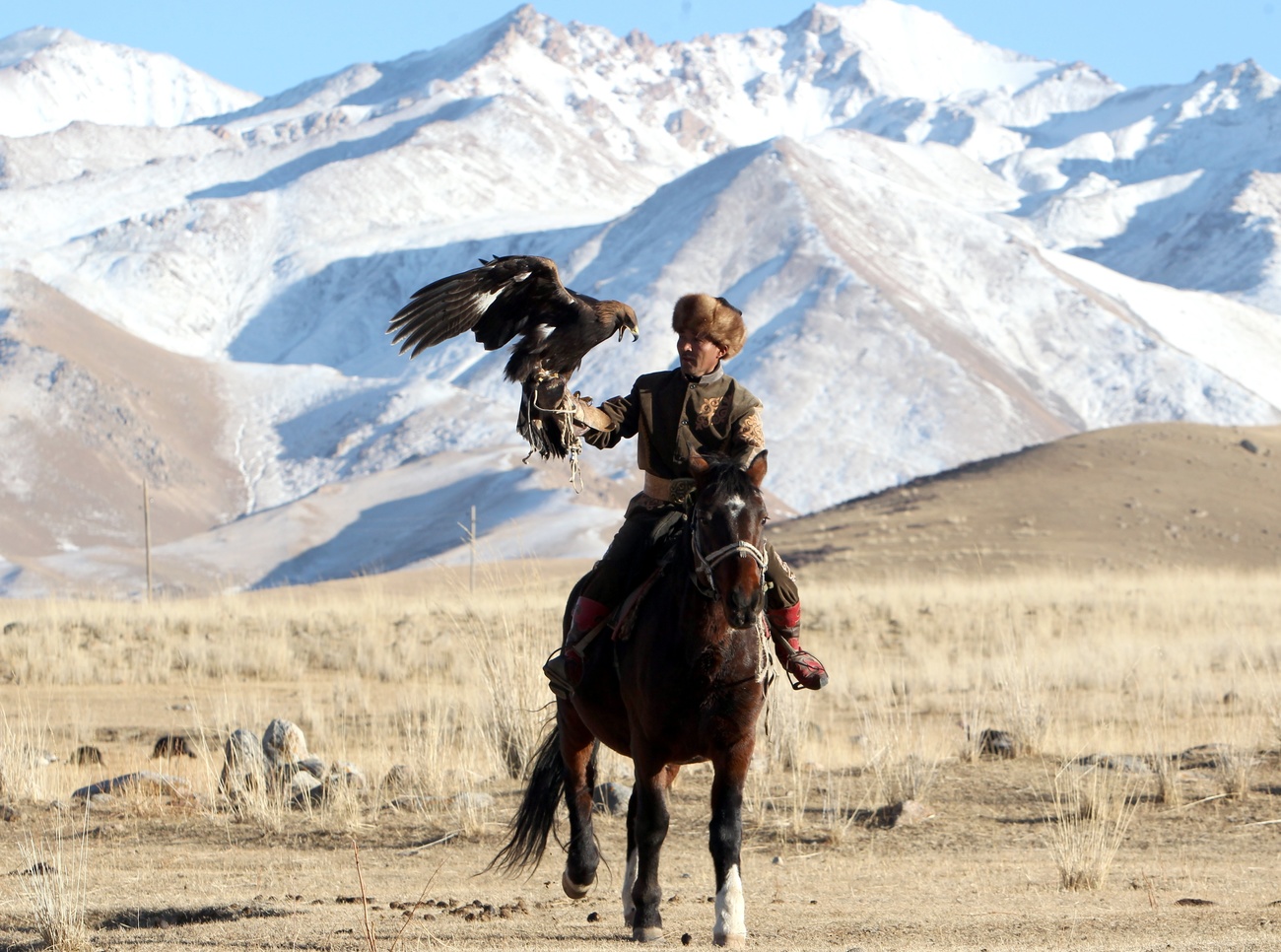
Considering the country as a whole, the study found that the growing demand for traditional skiing was coming from locals rather than international tourists. Though skiing is expensive, the number of traditional-style skiers in the local population is growing fast, and in Karakol and the nation’s capital Bishkek there are more and more sporting goods outlets that sell or rent ski equipment.
The aim should be a good mix of visitors, says Silvan Hungerbühler at SECO, as that would make the location more resilient to external problems like a pandemic or war. “If it turns out well, the approach taken in Karakol could become a model for other destinations in Kyrgyzstan,” he says optimistically.
Switzerland has got involved with the winter sports industry in Kyrgyzstan because no other international development agency is active in that sector. “If you plan your involvement carefully, you can really make a difference,” Hungerbühler says.
Edited by Balz Rigendinger. Translated from German by Terence MacNamee/ts
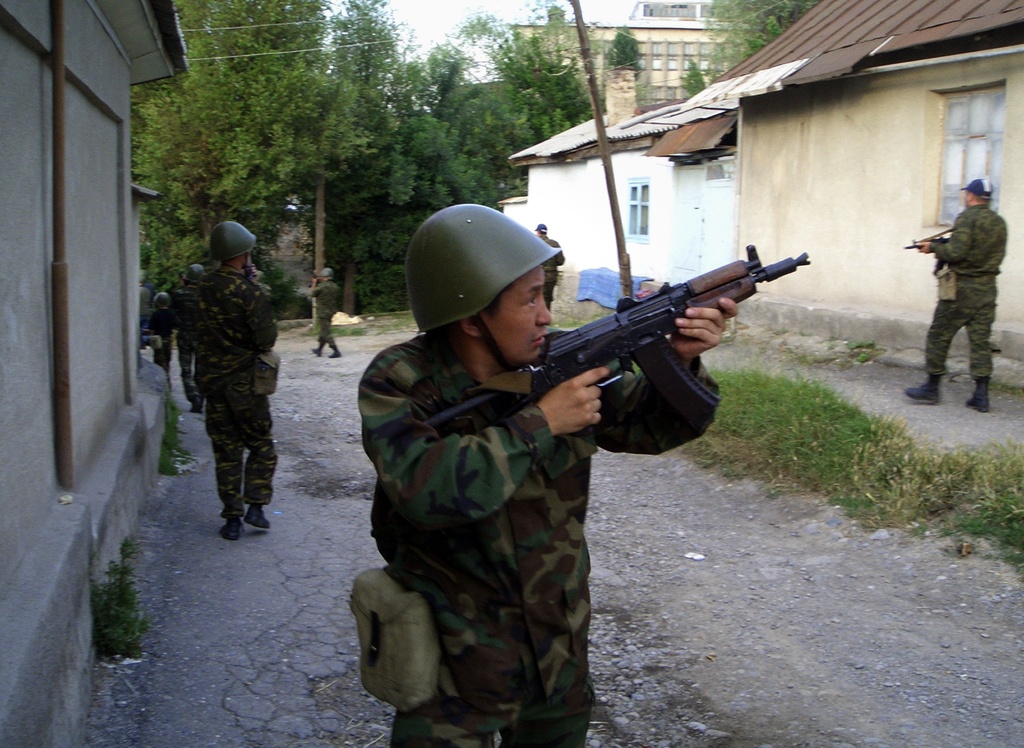
More
Ethnic problems blamed for Kyrgyzstan violence

In compliance with the JTI standards
More: SWI swissinfo.ch certified by the Journalism Trust Initiative




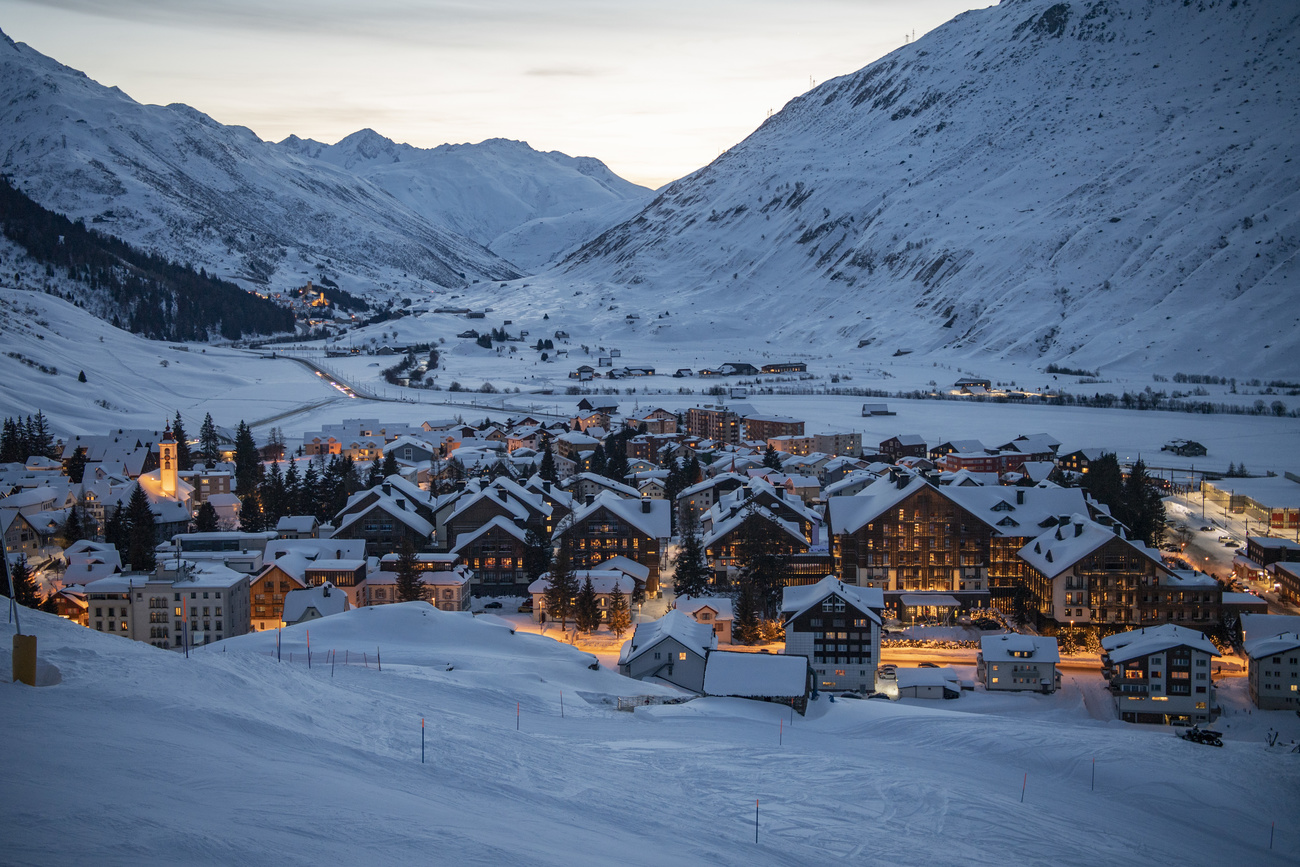





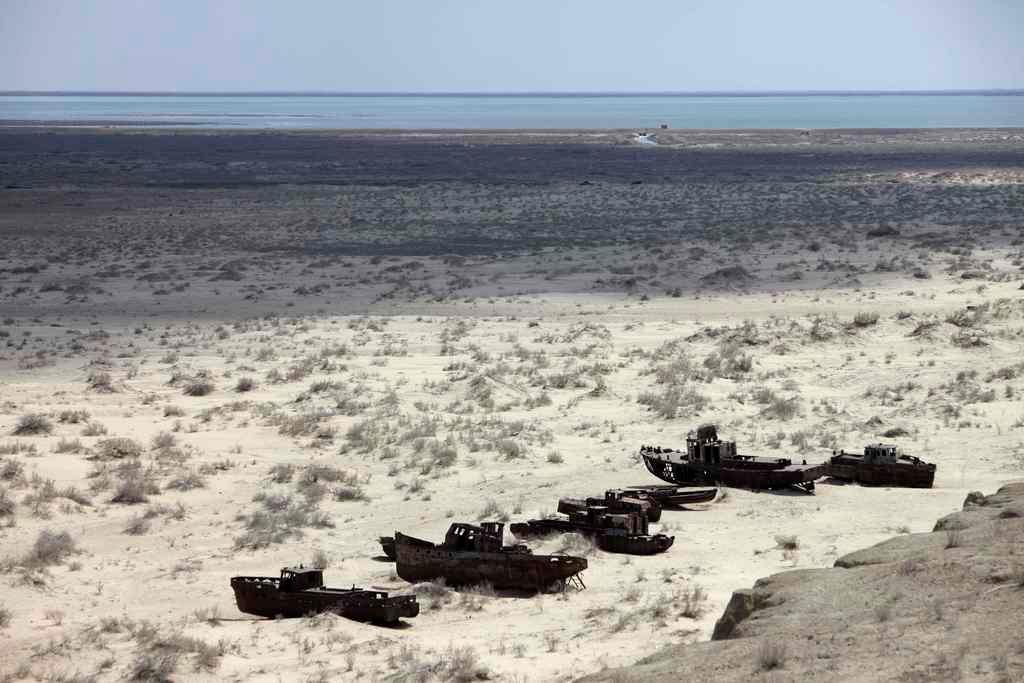
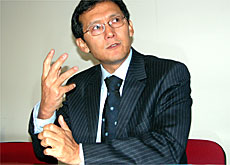
You can find an overview of ongoing debates with our journalists here . Please join us!
If you want to start a conversation about a topic raised in this article or want to report factual errors, email us at english@swissinfo.ch.